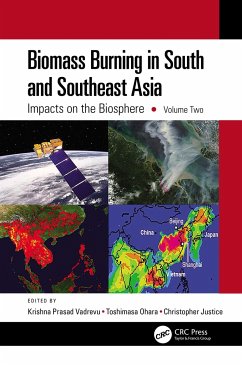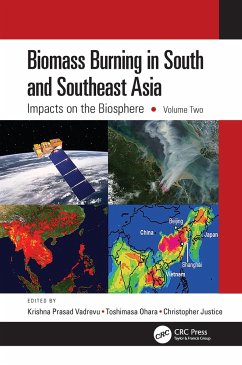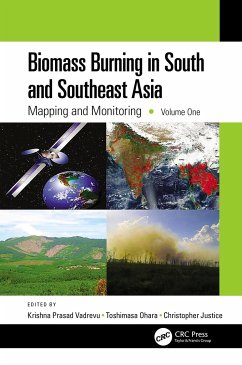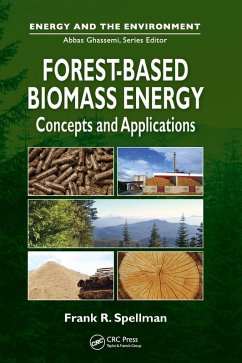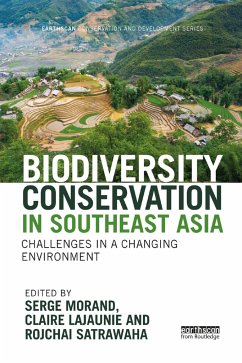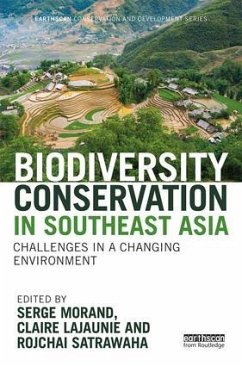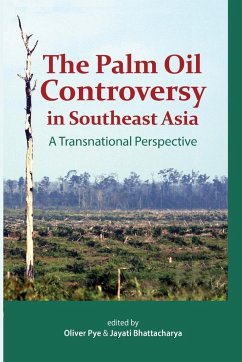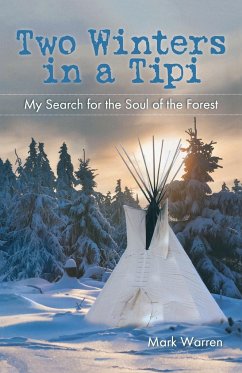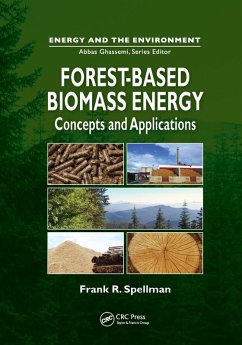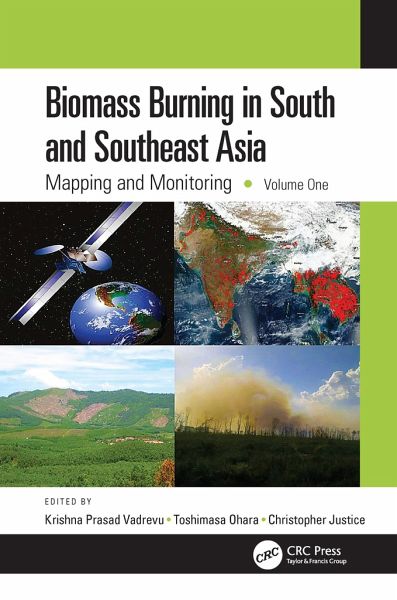
Biomass Burning in South and Southeast Asia
Mapping and Monitoring, Volume One
Herausgeber: Vadrevu, Krishna Prasad; Justice, Christopher; Ohara, Toshimasa
Versandkostenfrei!
Versandfertig in 1-2 Wochen
201,99 €
inkl. MwSt.

PAYBACK Punkte
101 °P sammeln!
Volume 1 of a two volume set, this book is a self-contained, state-of-the-art analysis of remote sensing, ground-based, and spatial techniques used for characterizing biomass burning events and pollution. It is a collective achievement of renowned scientists working throughout South and Southeast Asia. They discuss the complexity of vegetation patterns, biomass characteristics, fire distribution, drivers of fires, and several examples of the use of novel satellite algorithms for mapping and monitoring biomass burning events. The book is highly interdisciplinary and integrates earth science and...
Volume 1 of a two volume set, this book is a self-contained, state-of-the-art analysis of remote sensing, ground-based, and spatial techniques used for characterizing biomass burning events and pollution. It is a collective achievement of renowned scientists working throughout South and Southeast Asia. They discuss the complexity of vegetation patterns, biomass characteristics, fire distribution, drivers of fires, and several examples of the use of novel satellite algorithms for mapping and monitoring biomass burning events. The book is highly interdisciplinary and integrates earth science and environmental science including ecology, fire science, spatial geography, remote sensing, and geospatial technologies. Unique in its discussion of the sources and the causes of biomass burning and atmospheric research in South and Southeast Asia. Explains how remote sensing and geospatial technologies help the mapping and monitoring of biomass burning events and their impacts. Focuses on large spatial scales integrating top-down and bottom-up methodologies. Addresses the pressing issues of environmental pollution that are rampant in South and Southeast Asia. Includes contributions from global experts actually working on biomass burning projects in the US, Japan, South/Southeast Asia, and Europe. This book will serve as a valuable source of information for remote sensing scientists, geographers, ecologists, atmospheric scientists, environmental scientists, and all who wish to advance their knowledge on fires and biomass burning in South/Southeast Asia.



